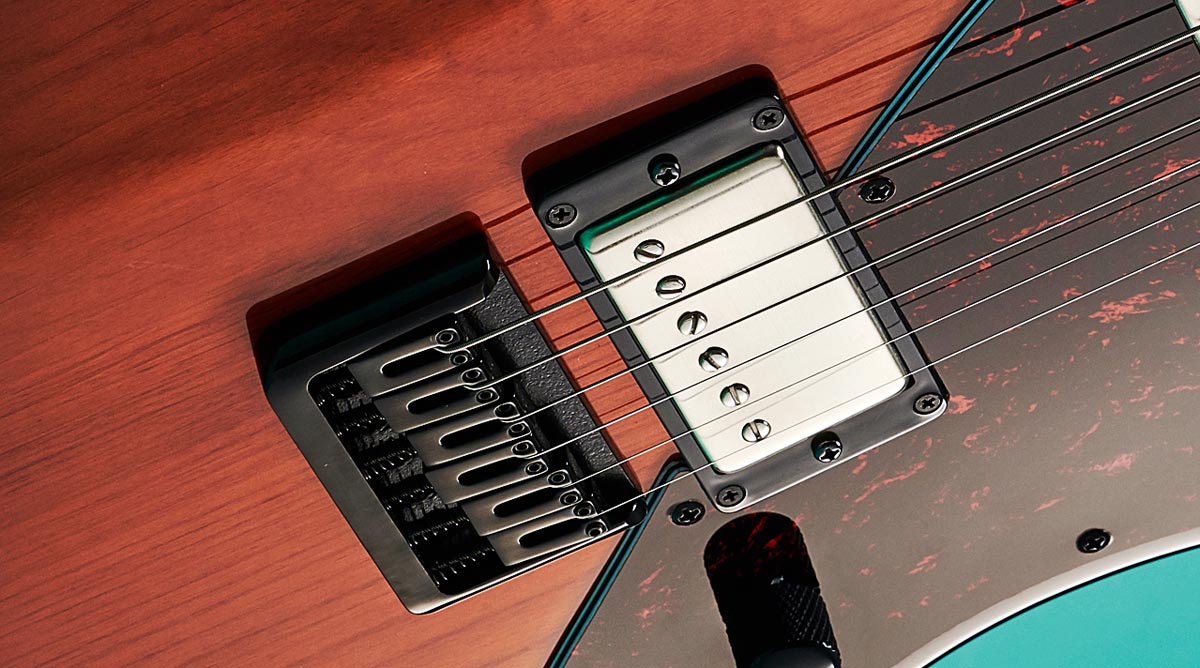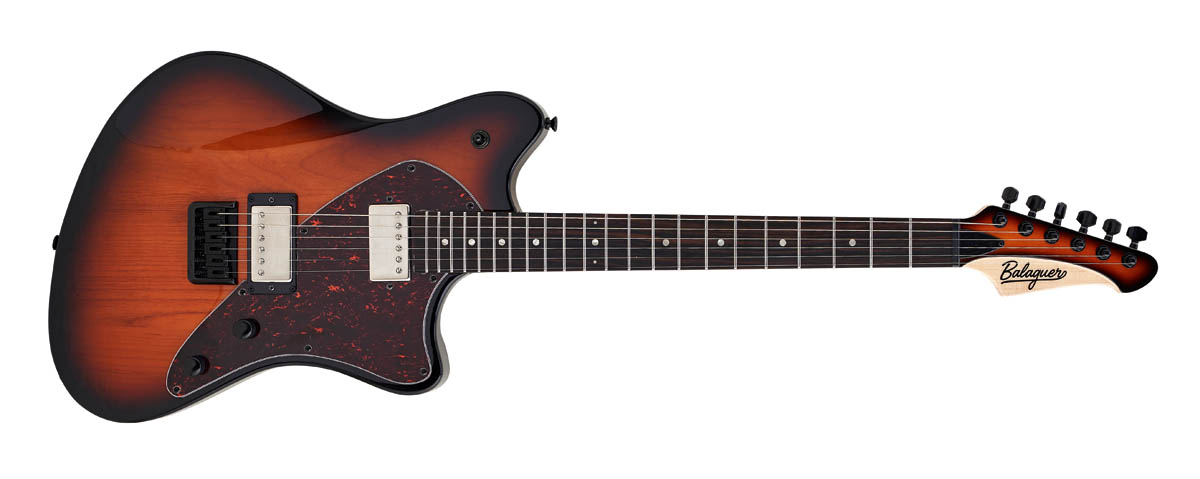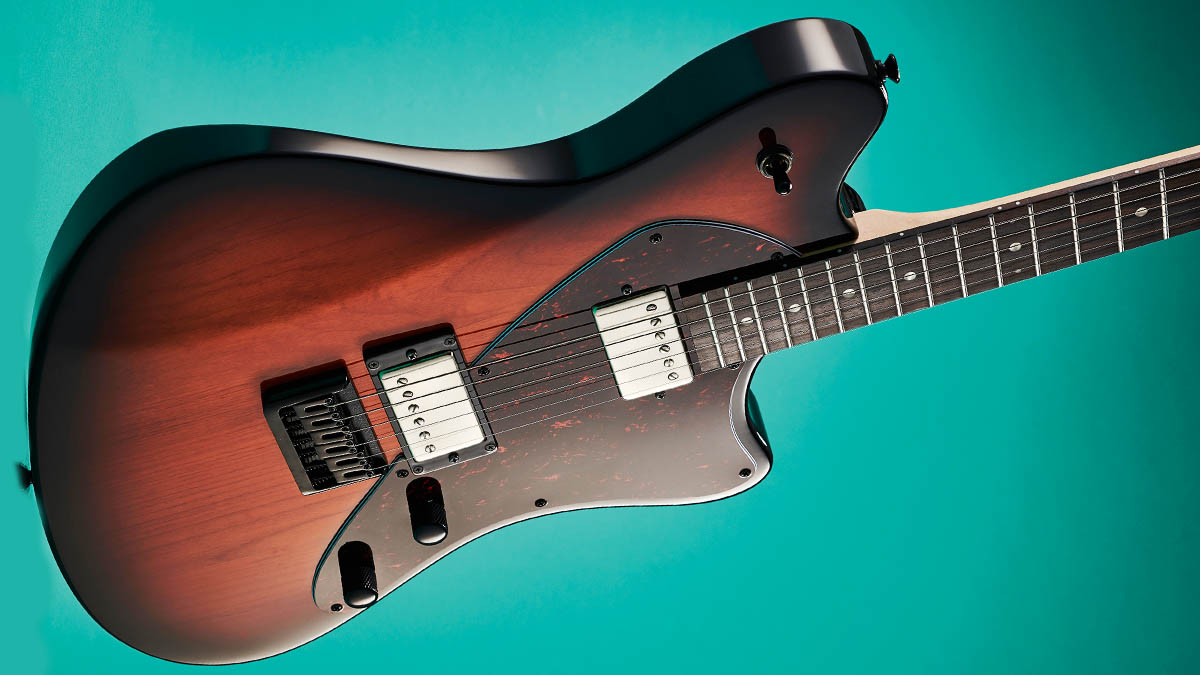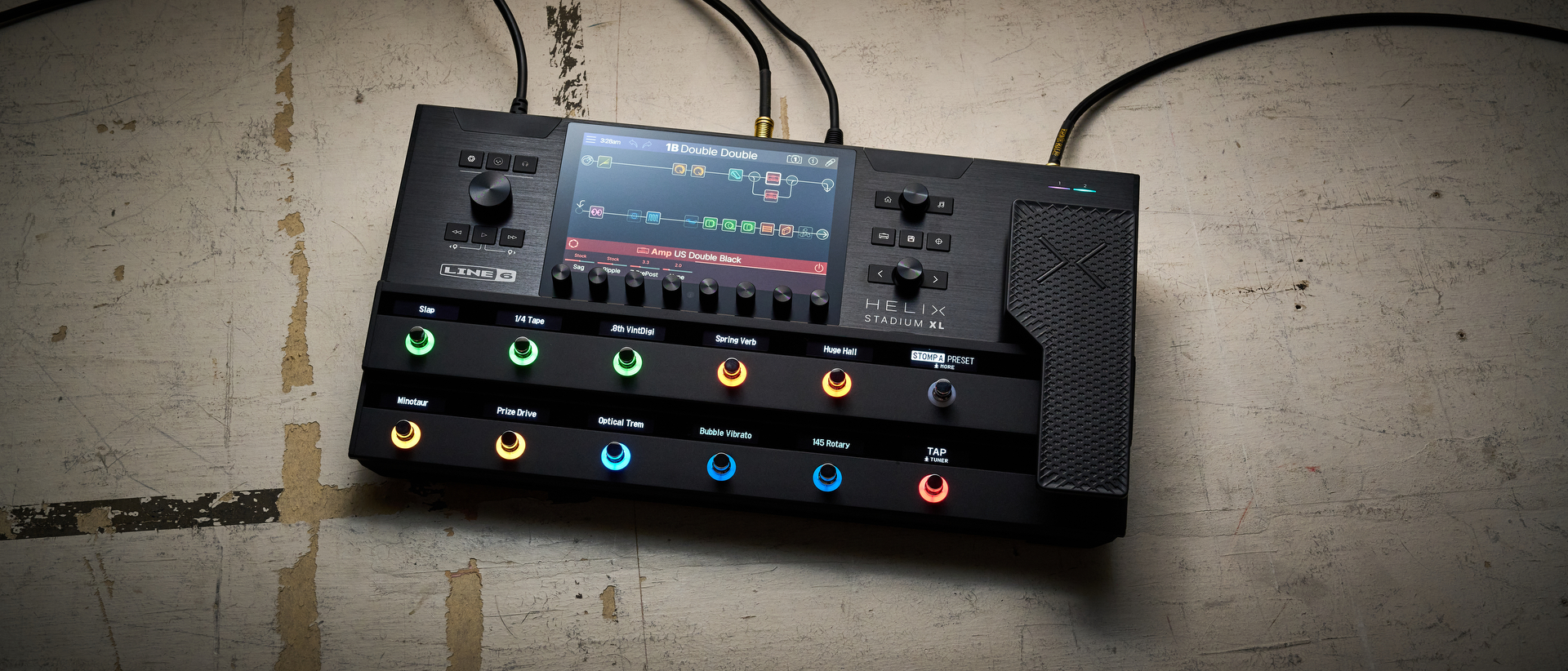Guitar World Verdict
The Espada is a thoroughly modern and supremely playable offset that excels at high-gain, but has a whole lot more going on once you engage the coil-splits.
Pros
- +
Excellent high-gain tones and contemporary offset voicings.
- +
Coil-tap adds versatility.
- +
A high-quality instrument at a very fair price.
- +
A very shreddable 16” radius fingerboard and contoured neck.
Cons
- -
Neck pickup is a little wooly.
- -
Clean tones in full-humbucking mode are not super-inspiring.
You can trust Guitar World
It may have taken six decades, but offset guitars have finally come of age. From global awards ceremonies to your local pub, there are just as many Jazzmasters and Mustangs hitting the stage as Strats and Teles.
But offsets were never exactly designed for more technically-demanding playing styles... Enter Balaguer Guitars. The Pennsylvania, USA firm has spent the past six years equipping familiar outlines with ergonomic tweaks and contemporary features at attractive price points.
The Espada is Balaguer’s take on modernising the Jazz, most notably with that almighty top carve, which not only makes a dramatic visual impact, but also a comfortable resting place for your forearm during extended playing sessions.
This kind of performance-focused ethos is carried throughout the rest of the instrument: it’s in the satin-finished C-shaped neck, 16” radius and the smooth-playing ebony fingerboard. There’s also a contoured heel for those dusty-end pyrotechnics, a through-body-stringing hardtail bridge and locking tuners.
The Espada reinvents the offset for a new generation
As you’d expect, the Espada shoots for modern sounds in the tone department, too; Balaguer has equipped it with its highest-output own-brand humbuckers, the aptly named Ferals.
These pickups thrive with a good high-gain amp or plugin, yielding singing sustain, chunky chugs, and all the pinched harmonics you can handle from the bridge ’bucker. However, the neck position is a little wooly for our tastes, and the clean tones, while pleasingly touch-sensitive, aren’t much to write home about – but that’s where the handy coil-split comes in.

Tugging on the tone control brightens up that neck position wonderfully, yielding fat single-coil tones that provide the perfect neutral platform for adding a liberal splash of stompboxes.
All the latest guitar news, interviews, lessons, reviews, deals and more, direct to your inbox!
In that sense, the split sounds embody one of the Jazzmaster’s most enduring qualities, albeit with a higher output that also works well for classic rock tones, and can even handle some Strat-style middle-position funk.
Besides reinventing the offset for a new generation, Balaguer has offered some serious value for money here, from the spec to the tones and even the heavily padded gigbag, which ranks among the best we’ve seen thrown in with a guitar.
Specs

- PRICE: From $699 / £699
- BODY: Alder
- NECK: Maple
- SCALE: 25.5”
- FINGERBOARD: Ebony, 16” radius
- FRETS: 22
- PICKUPS: 2x Balaguer Feral humbuckers
- CONTROLS: 1x volume, 1x tone (w/ push/pull coil-split), 3-way pickup selector
- HARDWARE: Locking tuners, Graph Tech graphite nut, hardtail bridge
- LEFT-HANDED: Yes
- FINISH: Gloss Metallic Silverburst, Gloss Shell Pink, Gloss Sky Blue, Satin Black, Gloss Vintageburst (reviewed)
- CASE: Padded gigbag included
- CONTACT: Balaguer Guitars

Mike has been Editor-in-Chief of GuitarWorld.com since 2019, and an offset fiend and recovering pedal addict for far longer. He has a master's degree in journalism from Cardiff University, and 15 years' experience writing and editing for guitar publications including MusicRadar, Total Guitar and Guitarist, as well as 20 years of recording and live experience in original and function bands. During his career, he has interviewed the likes of John Frusciante, Chris Cornell, Tom Morello, Matt Bellamy, Kirk Hammett, Jerry Cantrell, Joe Satriani, Tom DeLonge, Radiohead's Ed O'Brien, Polyphia, Tosin Abasi, Yvette Young and many more. His writing also appears in the The Cambridge Companion to the Electric Guitar. In his free time, you'll find him making progressive instrumental rock as Maebe.

